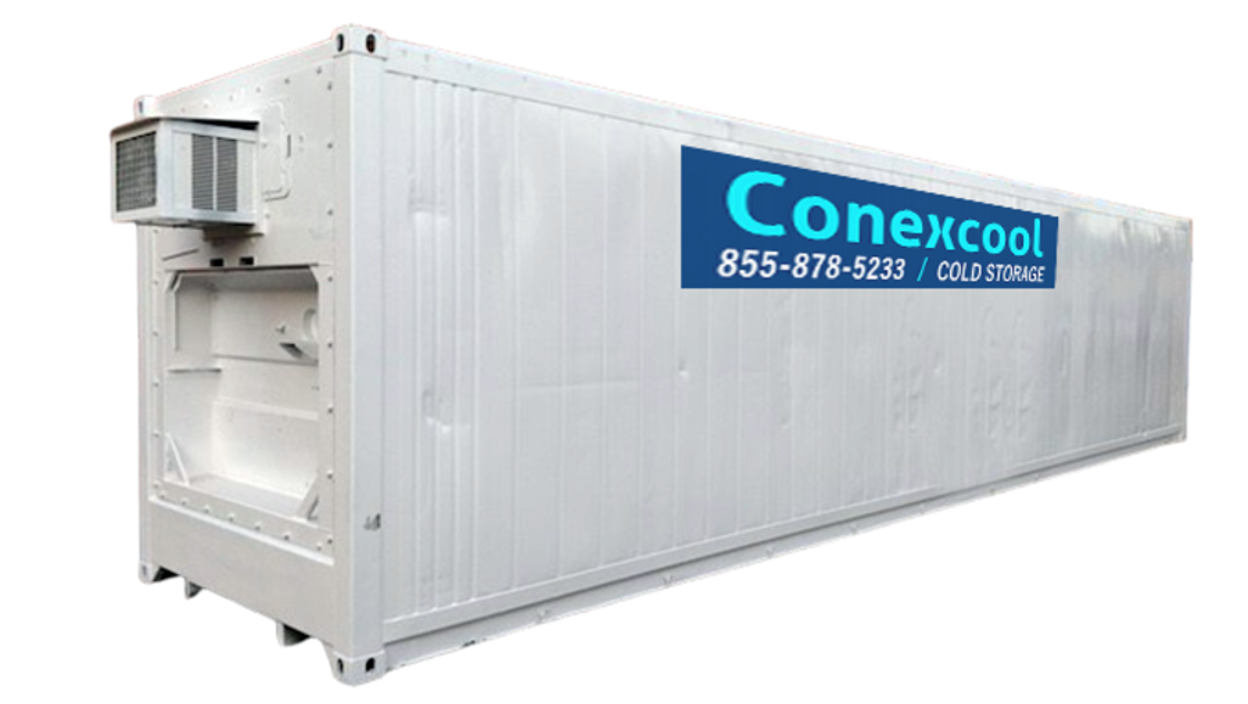How To Insulate Shipping Containers
Get a quoteGuide to Insulating Shipping Containers
Key Takeaways
- Insulating a shipping container helps maintain a stable internal temperature for storage or habitation.
- Common insulation materials include fiberglass, spray foam, and mineral wool.
- Proper insulation improves comfort and protects goods from extreme weather conditions.
- Ignoring moisture control and ventilation requirements is a common mistake when insulating containers.
- Conexwest provides comprehensive container fabrication options, including insulation.
Insulation Materials For Shipping Containers
The most popular insulation materials for shipping containers include:
- Fiberglass Insulation: Made from fine glass fibers, it provides excellent thermal performance and is easy to install in pre-cut rolls or batts.
- Spray Foam Insulation: A versatile option that expands upon application to create an airtight seal. It has high R-values and acts as a moisture barrier.
- Cellulose Insulation: Made from recycled paper products, cellulose is an eco-friendly option that promotes good thermal resistance and soundproofing.
- Mineral Wool Insulation: Also known as rock wool or slag wool, this non-flammable material is effective for soundproofing and thermal insulation.
- Polyurethane Foam: Known for its high thermal resistance, polyurethane foam is lightweight and easy to install.
- Reflective Foil Insulation: This type uses reflective surfaces to reduce heat transfer, which is especially effective in hot climates when installed with an air gap.
Conexwest, a leader in shipping and storage solutions based in Northern California, offers new, used, and refurbished containers from 10ft to 45ft, with fast delivery within 3-7 days and container fabrication options like adding shelves and locks. We serve over 10,000 customers nationwide, including prestigious clients like the U.S. Navy and Google. As an ISO 9001 and AWS-certified company, we ensure top quality and competitive pricing. |
Step-by-Step Process To Insulate Your Shipping Container

Proper insulation can help you reduce your energy bills by maintaining temperature fluctuations
1. Preparation
The interior of the shipping container should be thoroughly cleaned to remove dirt, debris, or old paint, creating a smooth surface for insulation application. This preparation step ensures the adhesion of insulation materials and helps prevent moisture buildup, which can lead to mold and corrosion. It's also essential to inspect the container for signs of rust or damage and address any issues before continuing with insulation.
2. Measurement and Cutting
The dimensions of the walls, ceiling, and floor of your container should be carefully measured using a measuring tape for cutting insulation materials to fit it properly without gaps.
3. Installation of Insulation
Depending on the type of insulation chosen (spray foam, fiberglass, etc), the installation process generally involves these steps:
- Spray foam insulation should be applied evenly across surfaces using a spray foam gun. This type expands and fills gaps for excellent thermal resistance.
- Fiberglass insulation should be securely fitted into place against walls and ceilings. Adhesive or staples are recommended to hold the insulation in position, helping to minimize air leaks.
4. Sealing Gaps
After installing the insulation, any remaining gaps or openings should be sealed with a sealant or tape to cover seams and joints where air might escape.
5. Adding a Vapor Barrier
To prevent moisture from penetrating the insulation, it’s recommended to consider installing a vapor barrier over the insulation material. This barrier helps protect against condensation buildup within the container, which can lead to mold growth and structural damage over time.
6. Final Touches
Once installation is complete, the work should be carefully inspected to ensure no areas are left exposed or unsealed. For added moisture protection, an additional layer may be applied over blanket insulation if needed. Lastly, adequate ventilation within the container is essential to further reduce humidity levels.
Common Mistakes To Avoid When Insulating A Shipping Container
- Inappropriate Material Selection: Using insulation that doesn’t suit the climate or intended use can lead to issues like condensation and mold.
- Neglecting R-Value Considerations: Failing to choose insulation with an adequate R-value for your climate can result in poor thermal performance.
- Lack of Airflow: Failing to add proper ventilation can trap moisture inside the container, which leads to mold growth and structural damage over time. Thus, it's essential to balance insulation with adequate airflow.
- Combining Incompatible Insulation Types: Mixing different types of insulation without understanding their properties can create thermal bridges or gaps that reduce efficiency.
- Not Sealing Gaps and Joints: Leaving gaps between insulation panels or failing to seal seams can allow air leaks, which reduces insulation effectiveness.
Why Choose Conexwest For Shipping Container Fabrication

For your convenience, Conexwest provides insulated containers for purchase or rent
1. Comprehensive Fabrication Services
We are your one-stop shop for all things related to container customization. Windows, vents, partitions, shelving systems, and insulation - we can add it all. Moreover, our team can provide suggestions and examples from past projects so that you get the best design for your project.
2. High-Quality Craftsmanship
Our dedicated fabrication shops are staffed with highly skilled technicians who receive continual training on the latest trends and technologies in container modifications for every project to be completed to the highest standards.
3. Transparent Pricing
We provide up-front and transparent pricing. So, when you reach out for a custom quote, you’ll receive clear information about costs without any hidden fees. This way, you can budget effectively and make informed decisions.
4. Warranty and Support
Every customized container comes with a warranty of up to 10 years. Thus, if any issues arise due to improper materials or workmanship during the warranty period, we will repair or replace parts at no charge.
Frequently Asked Questions (FAQs)
- How long does insulation last?
The longevity of insulation depends on the material used and the environmental conditions. Generally, high-quality insulation materials like spray foam can last 20-30 years with proper maintenance. Regular inspections and addressing any damage promptly can extend the lifespan of your insulation.
- Which insulation material is most cost-effective?
Fiberglass insulation is often considered the most cost-effective option due to its affordability and ease of installation. However, the best choice depends on your needs and climate. Consider factors such as thermal performance, moisture resistance, and installation complexity when choosing an insulation material.
- Is it necessary to insulate both walls and ceilings?
Yes, it is essential to insulate both walls and ceilings of a shipping container to maximize thermal performance. Heat can escape through both surfaces, so comprehensive insulation helps maintain a comfortable interior environment.
- Can I use multiple types of insulation together?
Yes. Combining different types of insulation can improve performance. For example, using rigid foam boards along with spray foam can provide excellent thermal resistance while maximizing space efficiency. But first, check if insulation types are compatible with each other.
- What types of shipping containers does Conexwest provide?
We have a wide range of shipping containers, including new, used, and refurbished options, in sizes ranging from 10ft to 45ft in length. Various types in our inventory are standard, high cube, refrigerated, insulated, and more.
